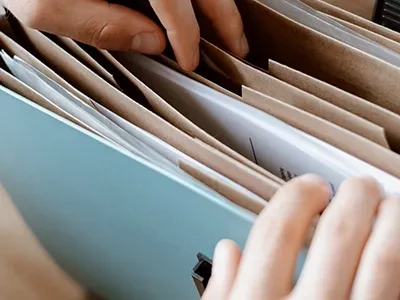1. Colorants (including pigments and dyes): Colorants can give the ink different colors and color concentrations, and make the ink have a certain viscosity and dryness.
2. Connecting material: The ink forms a uniform thin layer after printing, and forms a film layer with a certain strength after drying, which protects the pigment and makes it difficult to fall off.
Auxiliary ingredients:
3. Filler: It is an auxiliary agent for adjusting the ink concentration, and can also increase the thickness of the ink film layer and improve its wear resistance. It has no tinting strength and covering power.
4. Thinner: reduce the viscosity of the ink, prevent the phenomenon of peeling, and make the ink suitable for work.
5. Anti-skinning agent: inhibit the drying speed of the ink and prevent the ink from drying the conjunctiva on the machine.
6. Anti-reverse agent: prevent the printing ink layer from being reversed to the back of the paper to ensure the printing quality.
7. Slip agent: improve the friction resistance and fluidity of the ink, and reduce the viscosity. 8. Other additives: such as dispersant, humidifier, desiccant, etc.
The main components of gel pen ink:
Main pigments (the pigment components are salt-based royal blue and salt-based green lotus, and the solvent is oxidized castor oil and ricinoleic acid) and viscous substances. The gel pen is filled with organic solvent, its viscosity is lower than that of oil-based pen ink and thicker than that of water-based pen ink. When writing, the ink will be converted from semi-solid to liquid ink through the tip of the pen. The biggest advantage of gel pen ink is that every drop of ink Both are used on the nib, which will not volatilize or leak, so it can provide a silky smooth writing feel, and the ink flow is smooth and stable.















